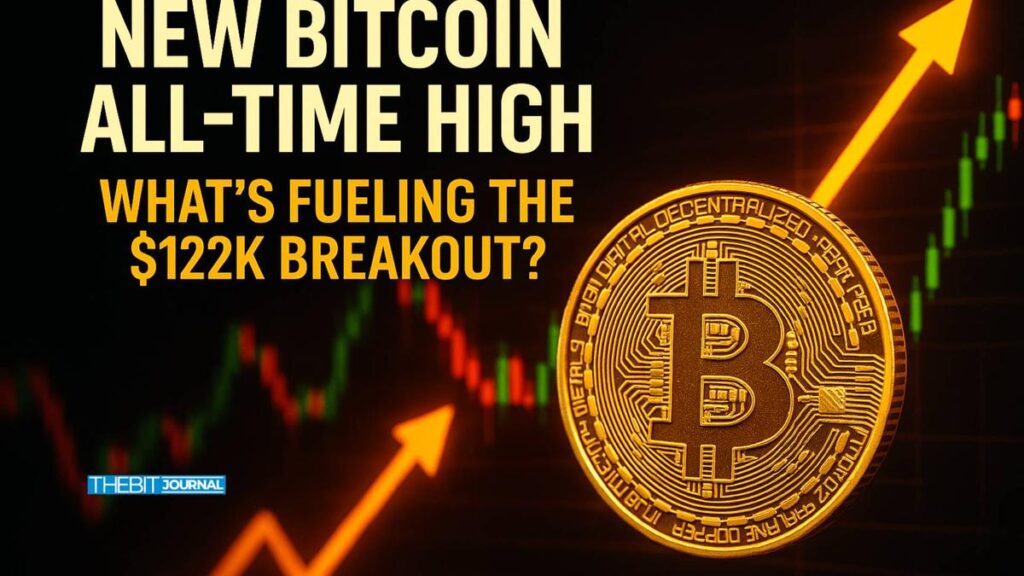New Bitcoin All-Time High: Understanding the Forces Behind the $122K Breakout
Bitcoin surged past the $122,000 mark for the first time on July 14, marking a significant milestone driven by escalating institutional adoption and macroeconomic speculations. This historic ascent has been propelled by growing demand for spot ETFs, dwindling exchange supply, and the anticipation of crucial US inflation data set to be released later this week.
Bitcoin’s remarkable rally, with a staggering 30% surge in 2025 alone, is not merely viewed as a speculative frenzy but rather as a fundamental revaluation of the asset according to industry experts. The cryptocurrency’s price surge is underpinned by structural shifts in the market dynamics, indicating a more profound transformation in investor perception and adoption.
Link Between Inflation Data and Bitcoin’s Price
The correlation between inflation data and Bitcoin’s valuation lies in the cryptocurrency’s appeal as a hedge against inflationary pressures. As traditional fiat currencies face depreciation due to inflation, investors seek alternative stores of value like Bitcoin, which is designed to be deflationary, with a capped supply of 21 million coins.
Decoding Key Terms
- ETF (Exchange-Traded Fund): A type of investment fund traded on stock exchanges that enables investors to gain exposure to assets such as Bitcoin without owning them directly.
- Exchange Supply: Refers to the amount of Bitcoin available for trading on various platforms. A decrease in exchange supply typically correlates with higher prices, reflecting increased demand and scarcity.
Regulatory Support and Market Sentiment
The ongoing Crypto Week discussions in Washington have instilled confidence in the cryptocurrency market, emphasizing the potential for clearer regulatory frameworks and mainstream acceptance. Regulatory clarity often leads to increased investor participation and institutional adoption, further bolstering Bitcoin’s price trajectory.


